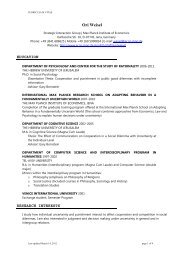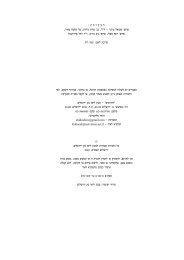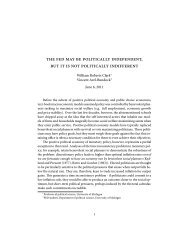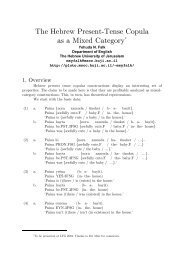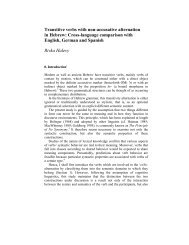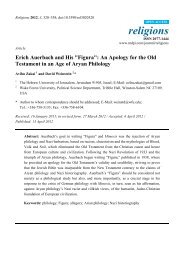View - Pluto Huji Ac Il
View - Pluto Huji Ac Il
View - Pluto Huji Ac Il
You also want an ePaper? Increase the reach of your titles
YUMPU automatically turns print PDFs into web optimized ePapers that Google loves.
Abstract<br />
In many branches of modern science, researchers first study or mine large data<br />
sets, and then select the parameters they estimate and the data they use and publish.<br />
Such data-based selection complicates formal statistical inference. An example<br />
discussed here for the purpose of illustration, is that of pharmaceutical companies<br />
that typically conduct many experiments but may publish only selected data. The<br />
selection often depends on the outcomes of the experiments since naturally there is<br />
interest in potentially useful drugs, and it is in general unclear how it should affect<br />
inference. Is this effect the same for the company and the public? Does it matter<br />
if they are Bayesian or Frequentist? Should the company reveal all experiments it<br />
conducts, and if so, how should this change the conclusions?<br />
This note discusses these questions in terms of a simple example of a sequence<br />
of binomial experiments conducted by a pharmaceutical company, where results are<br />
published only if the number of ‘failures’ is small. We do not suggest that this example<br />
corresponds to reality in the pharmaceutical industry, nor in science in general; our<br />
goal is to elaborate on the importance and difficulties of taking selection into account<br />
when performing statistical analysis.<br />
KEYWORDS: confidence interval, credible set, Binomial model, decision theory, meta<br />
analysis, publication bias



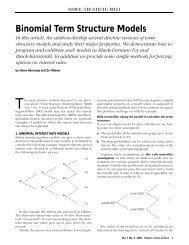
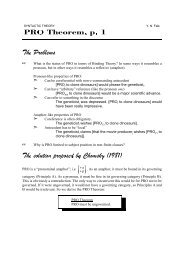
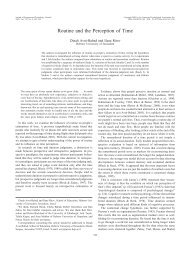
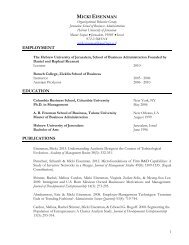
![CV [PDF] - Pluto Huji Ac Il](https://img.yumpu.com/18174585/1/190x245/cv-pdf-pluto-huji-ac-il.jpg?quality=85)
